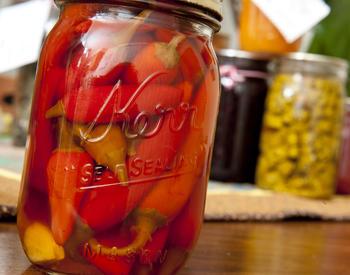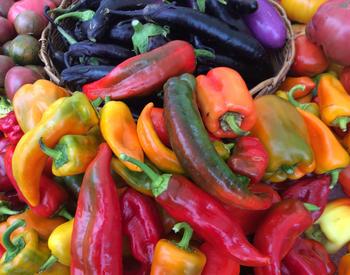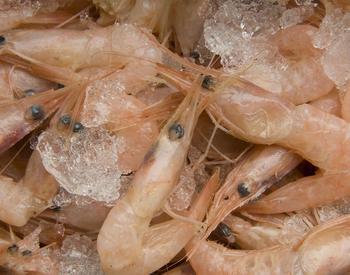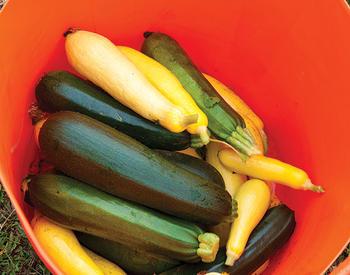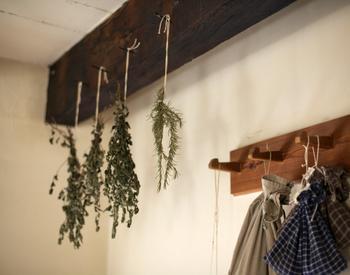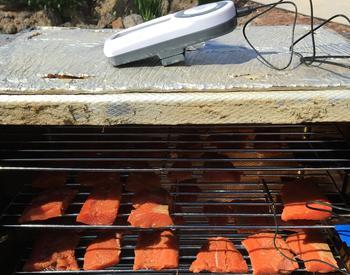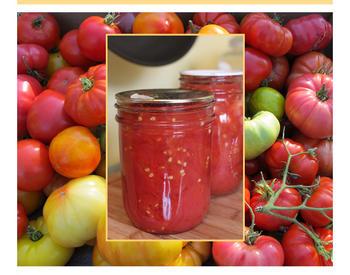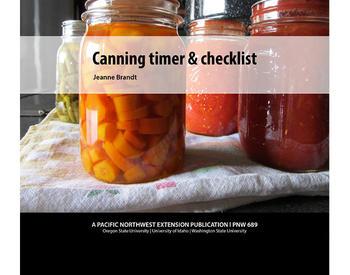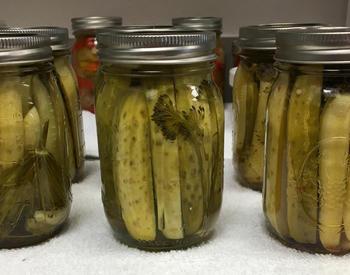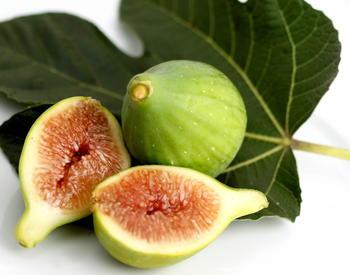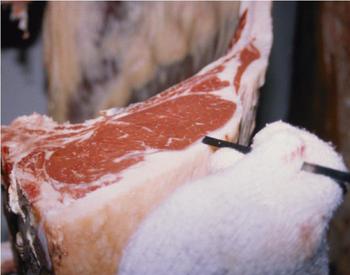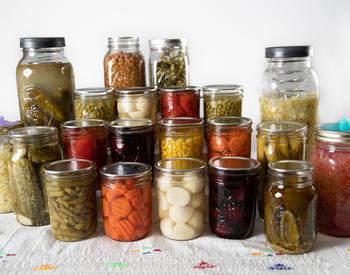Download this publication as a PDF
Squash and pumpkins are native to the Western Hemisphere and are members of the gourd family. There are many varieties of fall and winter squash and pumpkins suitable for preservation. Squash varieties include acorn, buttercup, butternut, banana, golden delicious, Hubbard, and sweet meat. Sugar and pie varieties of pumpkins are best for eating and preserving.
Note: Spaghetti squash should not be canned because the flesh does not stay cubed when heated. A good option is to freeze.
Harvesting
Pumpkin and winter squash are at their peak when they are mature, firm, bright-colored and have a hard rind.
Harvest all types of squash and pumpkin before the first frost. Squash are ready to harvest when the rind is hard enough to resist fingernail scratches.
Storage
Mature squash and pumpkin in good condition can be stored for several months at temperatures of 50–55°F in a 50–70 percent relative humidity.
Note: Pumpkins and squash deteriorate rapidly if stored below 50°F. Squash/pumpkins that have been exposed to freezing conditions before harvest do not keep well. Do not store pumpkin or squash near apples and pears. These fruits give off ethylene gas as they ripen, which causes yellowing of the squash and shortens the storage life.
Preserving
Pumpkin and squash may be preserved by canning, freezing, and drying. The seeds can be roasted.
Canning (hot pack, cube only)
An average of 16 pounds of squash is needed per canner load of 7 quarts; an average of 10 pounds for 9 pints.
Preparation
Wash, remove seeds, cut into slices and peel. Cut into 1-inch cubes. Boil 2 minutes in water.
Fill jars with hot cubes and cooking liquid. Leave 1-inch head space.
Remove air bubbles, wipe rims, adjust lids and process in a pressure canner. Caution: Safe processing times have not been determined for mashed or pureed squash.
Processing
Squash and pumpkin must be processed in a pressure canner at 240°F. (10 pounds pressure with a weighted gauge; 11 pounds with a dial gauge). Ask your county Extension office for pressure adjustments if you live above 1,000 feet. Process at 240°F, pints for 55 minutes; quarts, 90 minutes.
After processing, remove canner from heat and wait until pressure returns to zero. Remove weight or slowly open petcock. Wait 10 minutes. Unfasten canner lid and remove it carefully.
For an added margin of safety, boil all home-canned vegetables for at least 10 minutes before tasting.
Freezing
Preparation: Wash, cut into cooking-size sections and remove seeds. Cook until soft (in boiling water, steam, in a pressure cooker or bake in oven or microwave).
Remove pulp from rind and mash. Cool by placing pan with pureed squash in cold water and stirring occasionally. Package in freezer bags or containers. Seal, label and freeze. Note: For spaghetti squash, cook but do not mash the pulp.
Drying (pumpkin and Hubbard squash)
Wash, cut in half, and remove seeds and cavity pulp. Peel thin outer skin. Cut into ¼-inch strips. Steam for 2–3 minutes or until almost tender.
Dry at 140°F. for 2–3 hours, reduce temperature to 130°F and continue drying until tough and brittle. Store pumpkin in a cool, dry place.
Pumpkin stored longer than 1–2 months at room temperature can develop an undesirable flavor.
Dried pumpkin can be rehydrated and pureed in a blender or food processor and used in pumpkin pie or as a vegetable side dish.
Pumpkin Leather
- 2 cups pumpkin or squash, cooked and pureed
- ½ cup honey or brown sugar
- ⅛ teaspoon nutmeg
- ⅛ teaspoon powdered cloves
- ¼ teaspoon cinnamon
Blend all ingredients well. Spread on a lightly oiled drying sheet or cookie sheet lined with plastic wrap. Dry at 140°F in a dehydrator or oven.
Drying roasted seeds
Wash the seeds carefully to remove the clinging fiber. Dry the seeds in a dehydrator at 115°–120°F until crisp or in the oven at 150°F for 1–2 hours, stirring frequently
To roast
Mix thoroughly 2 cups dry seeds, ½ teaspoon Worcestershire sauce, 1½ tablespoons melted butter and 1 teaspoon salt. Place in a shallow baking pan and roast (1 hour at 250°F; 30 minutes at 275°F; or 10–15 minutes at 300°F). Be sure to stir the seeds frequently as they roast.
Storing
Place the cooled seeds in a plastic bag and store. For long-term storage, keep in the refrigerator or freezer. The seeds will become rancid if stored at room temperature for long periods of time.
Source: OSU Master Food Preserver Program
